A practical guide to building connection when working flexibly
As workplaces increasingly embrace individual autonomy and choice on where and when they work, one of the biggest challenges is how to ensure good relationships are nurtured within and across teams. Benefits for individuals don’t have to come at a cost to the team. So we thought some practical tips on maintaining quality collaboration and a solid sense of belonging and inclusion might be useful.
While there was no guarantee that we had effective collaboration and felt part of a team when everyone worked in the same location every day, there is a tangible risk that connections will erode over time when workforces are more dispersed.
This doesn’t have to be an enormous burden, rather leaders can take just a few practical actions to support relationship building between individuals and with teams when everyday face to face interaction is no longer the norm.
- Rhythms and rituals
There is nothing like the comfort of a ritual - we know what to expect and how to behave, they are familiar and woven into the daily routine. Setting new connection rituals which are location agnostic and provide opportunities for people to share both work priorities and personal experiences is critical. This could be a short 15 minutes huddle every day with a small team, a weekly check-in or a quarterly whole company meeting. People must be able to actively participate from anywhere and there should be a clear purpose and outcome of the meeting. Resetting how you meet and connect as you move to flexible working as BAU is an essential first step. - Good technology used the right way
Everyone is set up from home, they have the right tech, they are trained on MS Teams and other collaborative software and yet it still feels like hard work: Why is everyone's cameras off? Why is participation patchy? Is anyone listening to my presentation?
Getting the basic hardware and software in place is just the beginning. Being explicit about how people interact in virtual meetings goes a long way to ensuring participation remains high, multi-tasking is discouraged and there are moments for everyone to contribute. Co-creating a clear set of simple meeting etiquettes demonstrates that everyone is part of the meeting for a reason and their contribution is valuable. - Hybrid meeting room design
Possibly the most important feature of the future hybrid office. Designing all meeting rooms that allow for equal participation of in-room and remote meeting attendees means quality audio, speaker video tracking and great display screens. Just adding a camera and a big screen to a room is unlikely to be enough. The space must be designed around the experience for all attendees. - Non-work related activities
This could be social events; it could be after-work drinks, or it could be something out of the box. Our Managing Director at Amicus has a passion for wellbeing and so leads a weekly habit group to support people to identify the habits that will support better wellbeing. It not only helps us improve our health but provides an opportunity to share parts of ourselves we wouldn't normally share in the task-focused activities we do each day. Interacting around topics or events which aren't work-related provides a space to getting to know each other beyond our work personas and builds empathy and connection. - Get personal
Building connection usually means being a little bit vulnerable and sharing who you are and what matters to you. This may just happen in one-to-one conversations, or through video updates, informal communications channels or when sharing personal stories with larger teams. Last week, I was in a client meeting when one of the leaders spoke to 400 people in the organisation about how they had just returned from leave due to some mental health challenges. This moment was powerful as it not only demonstrated vulnerability in one person, but set the tone for the entire organisation. - Empathic leadership
Ultimately a genuine commitment to having a highly connected and flexible team means reflecting on leadership style and how this plays out in the organisation's culture. Does the leadership team and beyond demonstrate empathy in how they talk about and work with people? Is trust a key value that is lived?
When people can't be monitored or seen regularly, trust becomes necessary and needs to be built through regular and positive interaction, as well as connecting with people beyond the tasks they do each day. It is not just a matter of finding ways to get to know people when they work flexibly as a good thing to do, it is an essential part of making flexibility a success.
Interested to know how our Workplace Strategy team can help? Visit our hybrid working dedicated website page or click here to book a chat with one of our experienced strategists.


/Cap%20Stats/workplace-strategy-guide-blog.jpg)

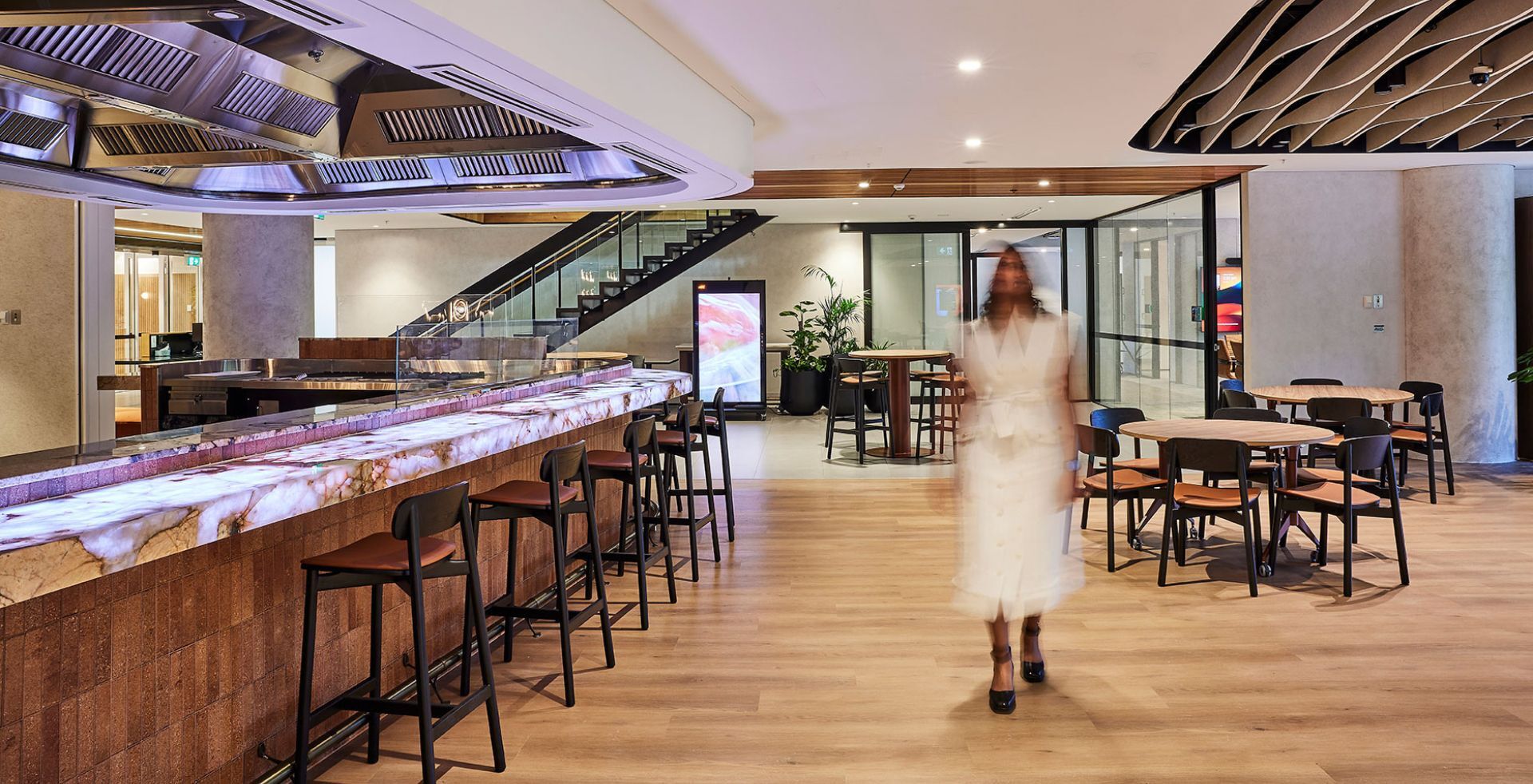
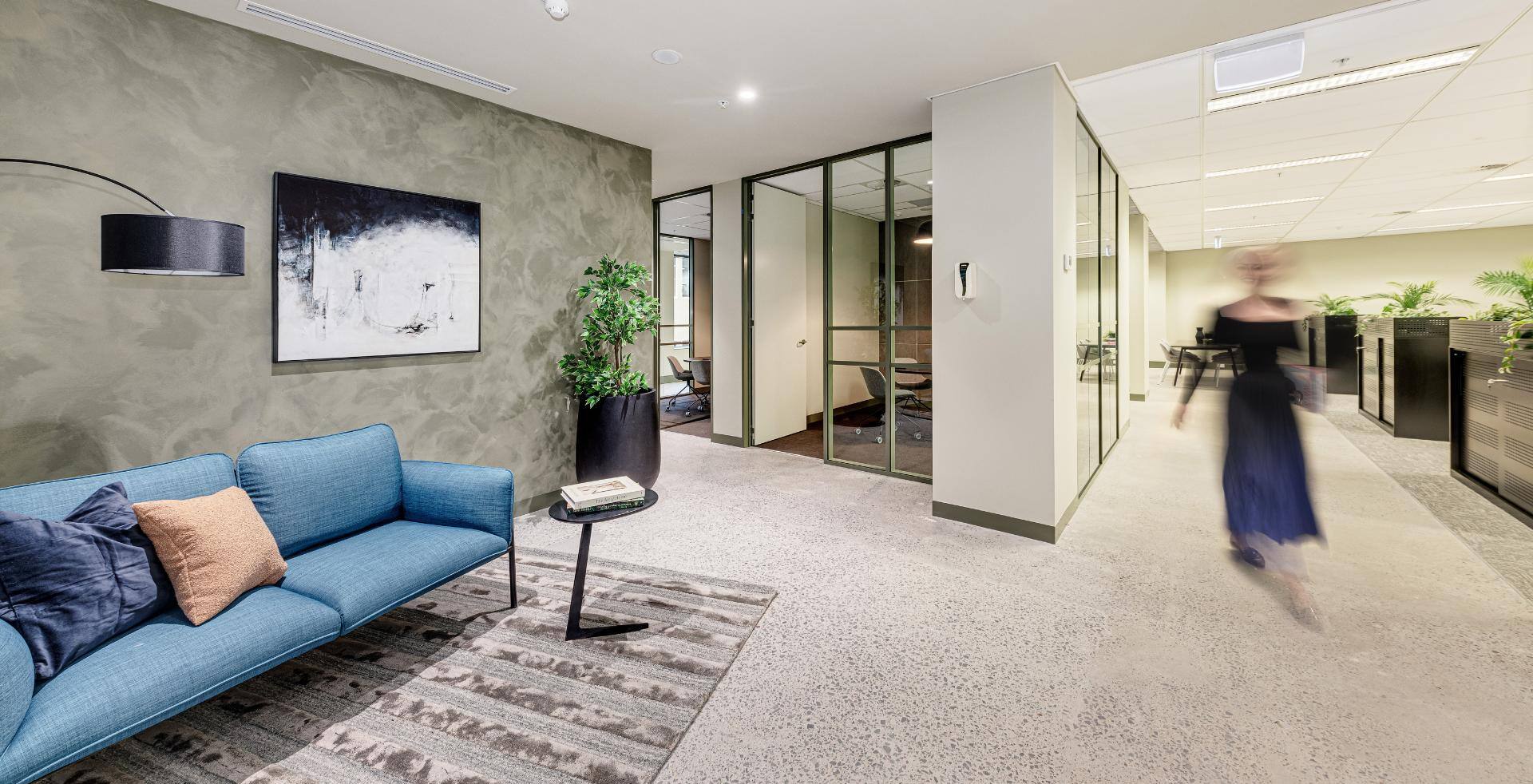

-2.png)
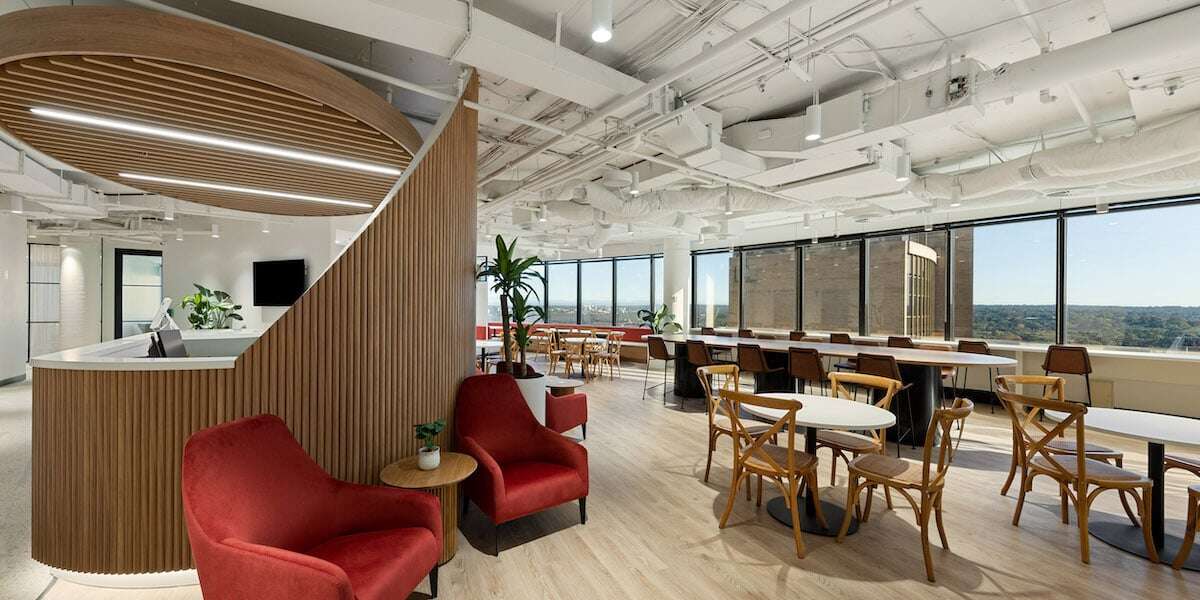
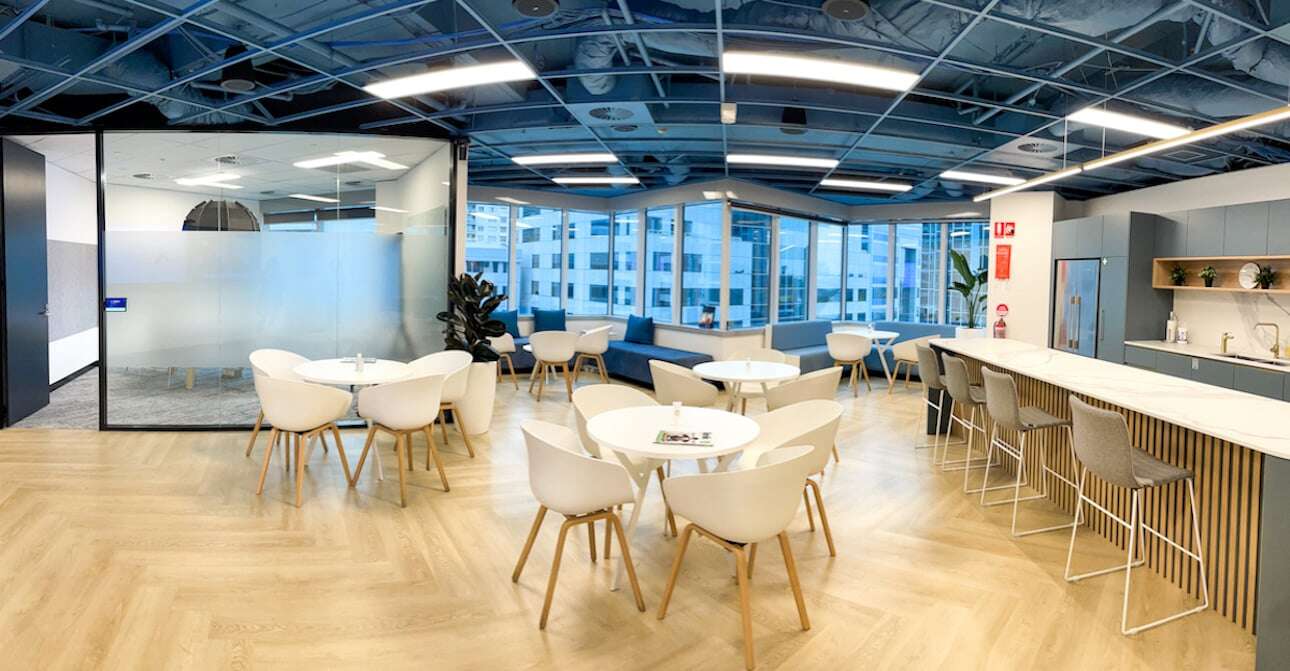
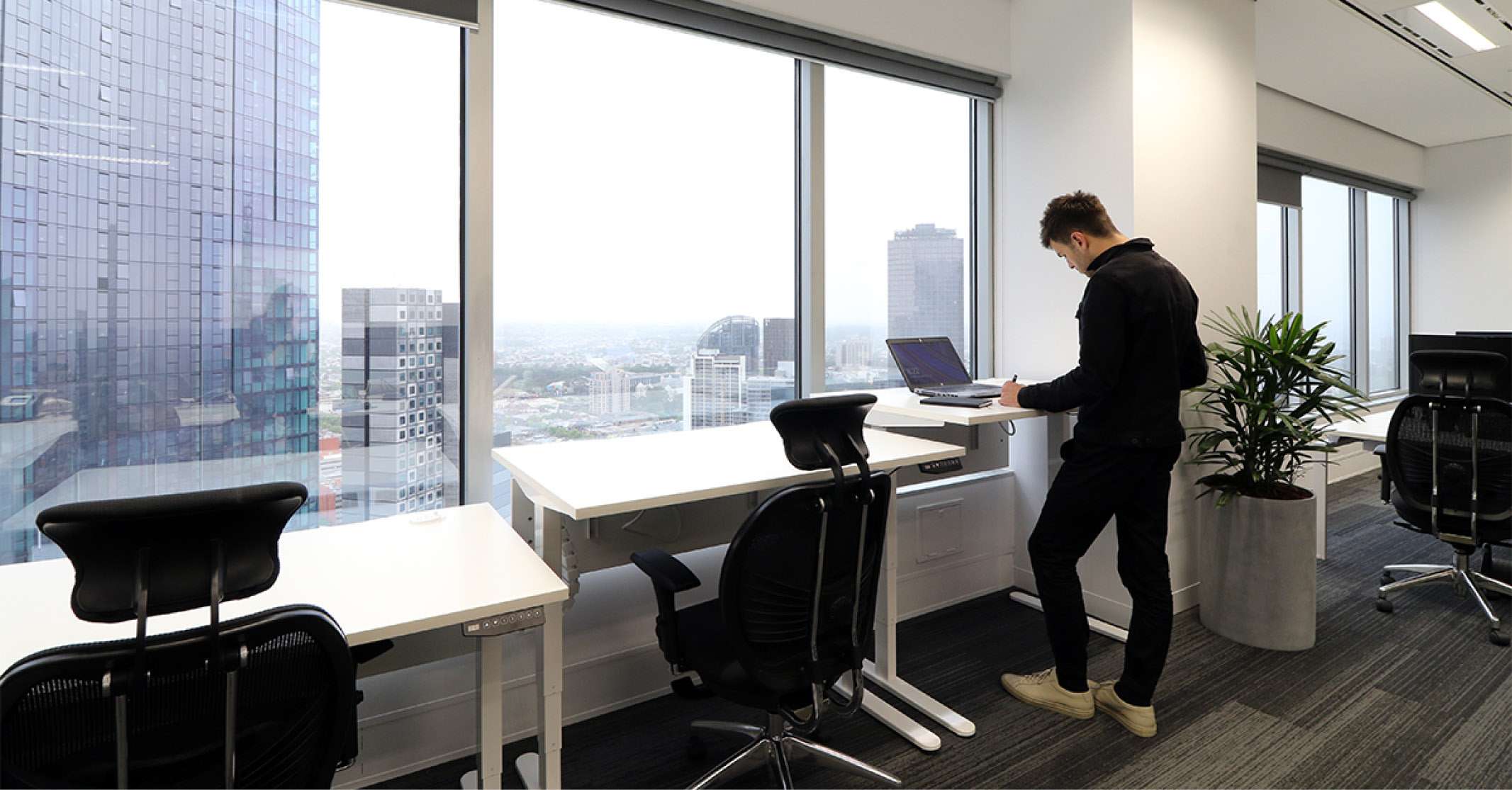
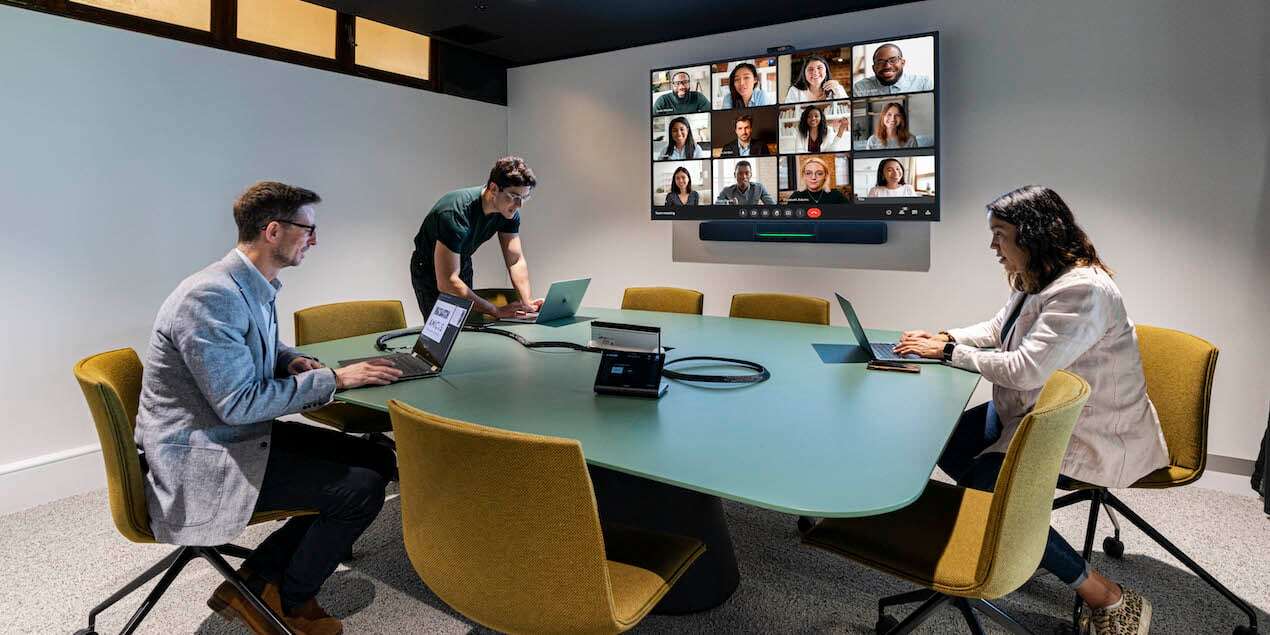

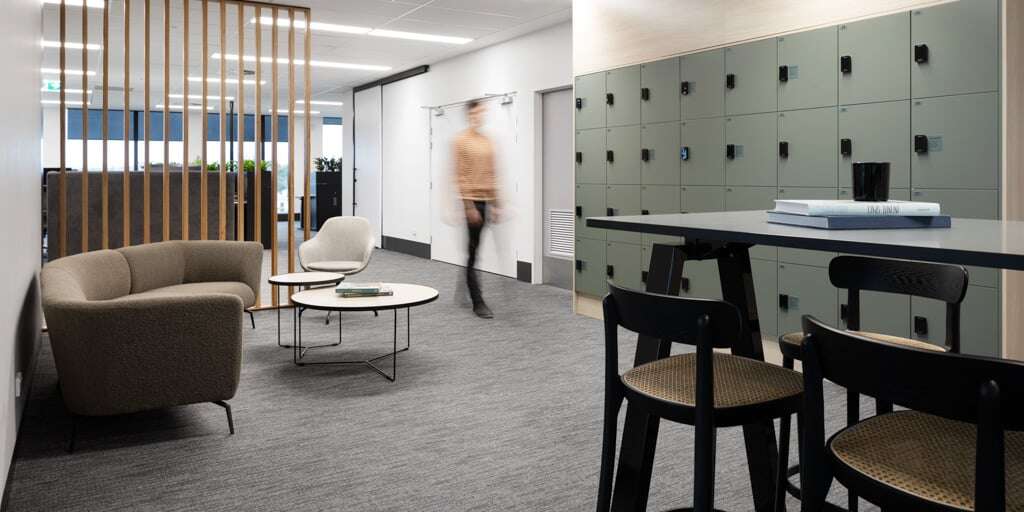
-2.jpg)
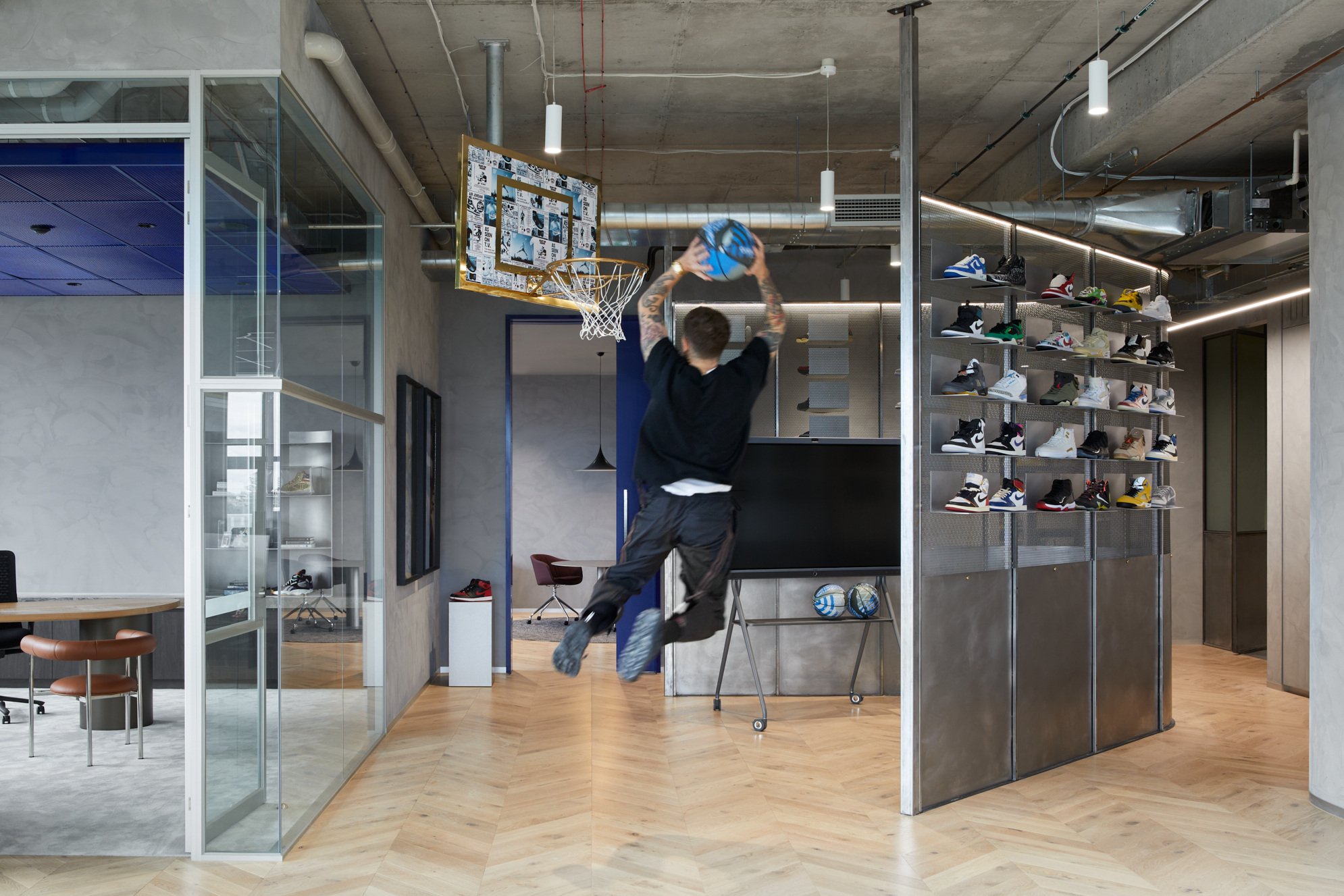
-2.jpg)
/Sectors/Office/contact-amicus.jpg)